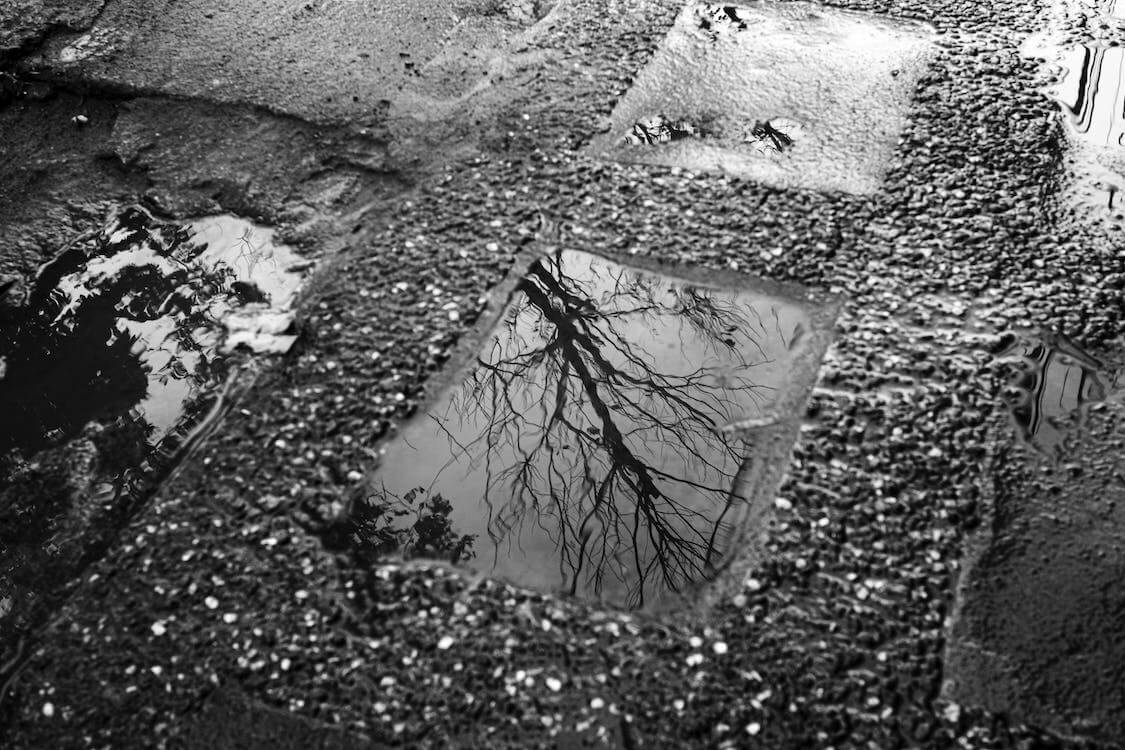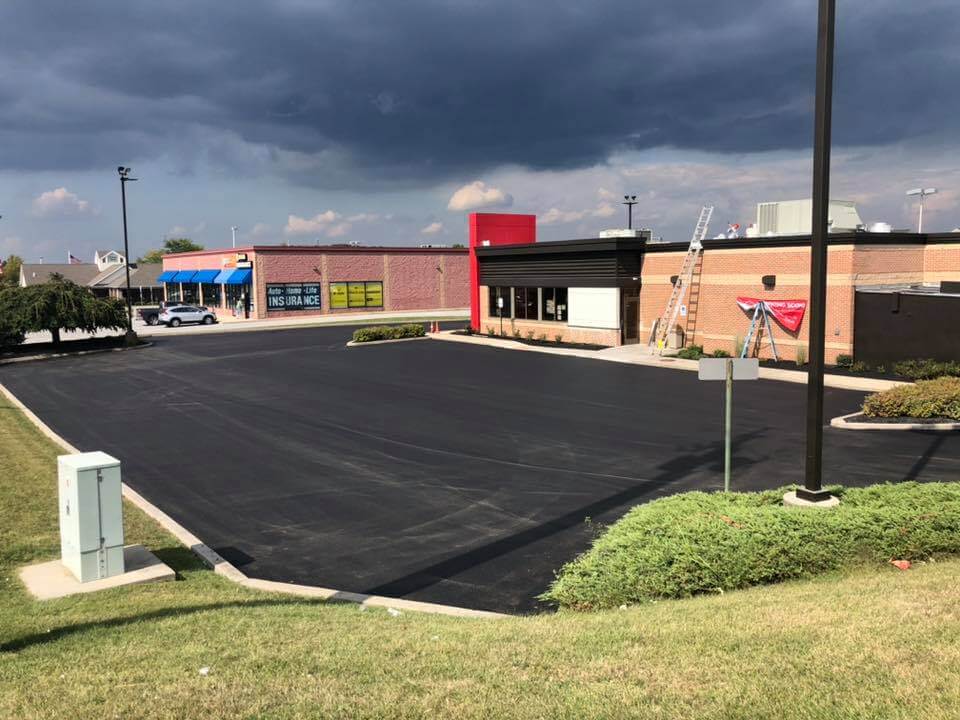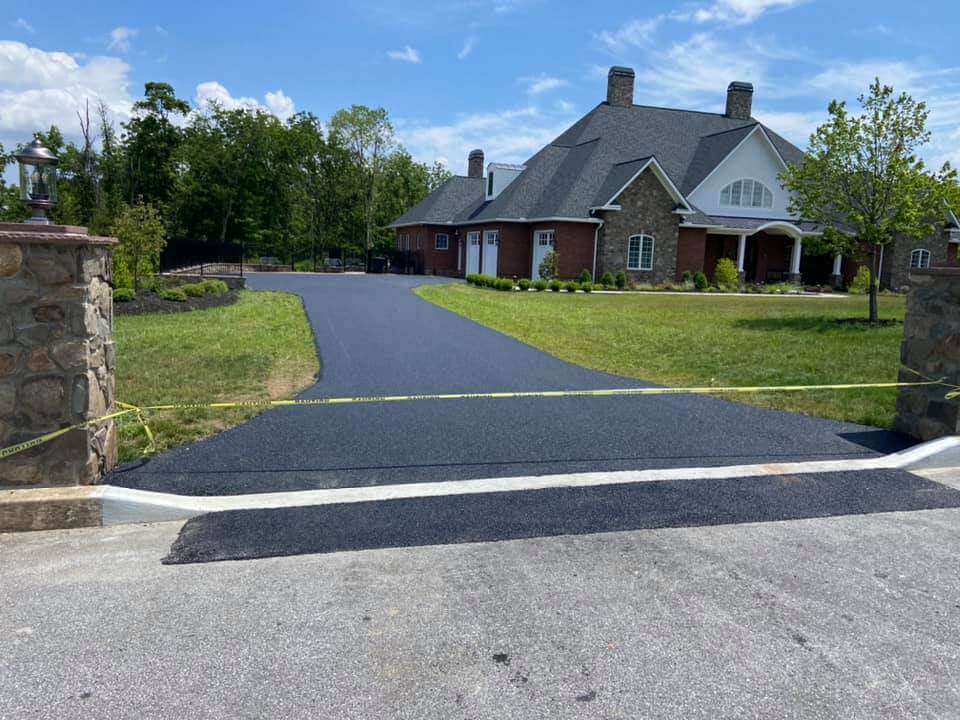How to Repair a Sinkhole in Harrisburg
Sinkholes can be a big problem for homeowners in Harrisburg. They can be caused by various things, such as erosion, water damage, or even natural disasters. If your home is affected by a sinkhole, you probably have one question running through your mind; how are sinkholes repaired?
Several methods can be used to repair sinkholes, and the best approach will depend on the size and severity of the hole. This blog post will discuss the causes of sinkholes in Harrisburg and how they can be repaired.
Why Do Sinkholes Appear in Harrisburg?
Sinkholes can occur for a variety of reasons. In Harrisburg, they are most commonly caused by water damage or erosion. Water damage can happen when too much rain or groundwater seeps into the soil. This can cause the soil to become saturated and weak, eventually leading to a sinkhole.
The 5 Steps to Repair a Sinkhole in Harrisburg
There are several methods that can be used in sinkhole repair. The best method will depend on the size and severity of the hole. Although there are various sinkhole repair methods, the typical kind used for small holes is the dumping method. It involves filling the hole with dirt or concrete.
For larger holes, you may need to excavate the area and stabilize the sides of the hole, all of which may require the help of professionals.
Here are five quick steps to repair a typically small sinkhole in your backyard.
Step One: Determine the Cause
The first step in sinkhole repair is to determine the cause. For example, if the sinkhole was caused by water damage, you will need to fix the source of the water damage before you can begin repairs on the sinkhole itself.
Step Two: Fill in the Hole
Once the cause of the sinkhole has been determined, it is time to start filling in the hole. The hole will need to be filled with dirt, gravel, and concrete until level with the surrounding ground. First, use concrete to fill the base and create a strong foundation for the rest of the filling materials. Next, add clayey sand to fill the rest of the hole and finally cover it using topsoil until it’s the same level as the ground surface.
Step Three: Compact the Soil
Once the hole has been filled in, you will need to compact the soil so that it is firm enough. This can be done with a hand tamper or by driving over the area with a heavy vehicle.
Step Four: Monitor the Hole
It’s important to monitor the sinkhole even after repairing it. As the materials in the hole compact, you may need to add soil to top off the hole. If the hole keeps growing even after repairing it, it may be time to call in the professionals.
Step Five: Install a Drainage System
Sinkholes come about due to water seeping into the ground and eroding the subterranean base. Installing a drainage system ensures that excess water is transported away from your home to avoid the recurrence of sinkholes.
Conclusion
If you have a sinkhole on your property in Harrisburg, it is important to have it repaired as soon as possible. Sinkholes can cause serious damage to your home and can even be dangerous. If your sinkhole repair methods do not work, you should contact a professional. They will be able to assess the situation and recommend the best course of action.



